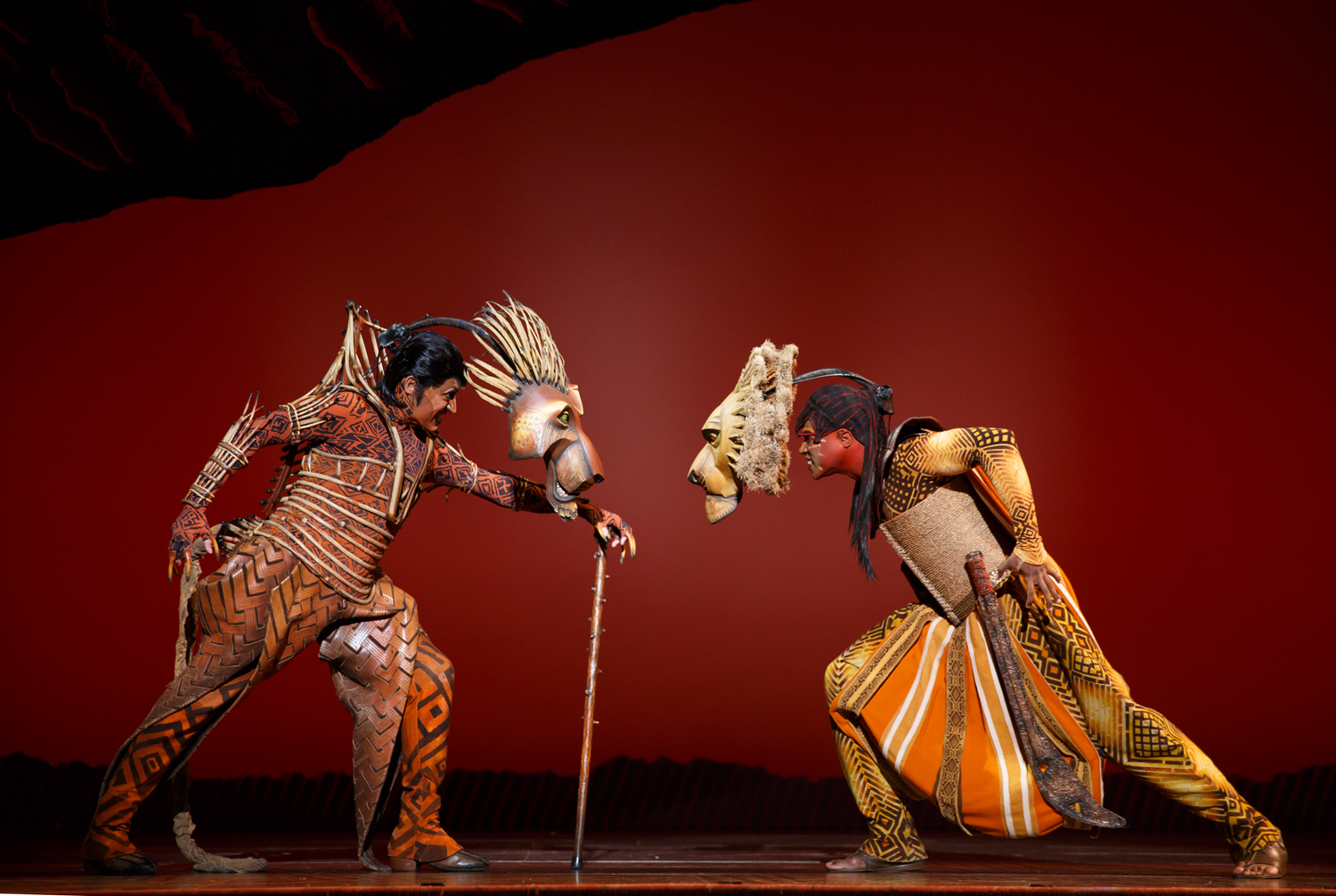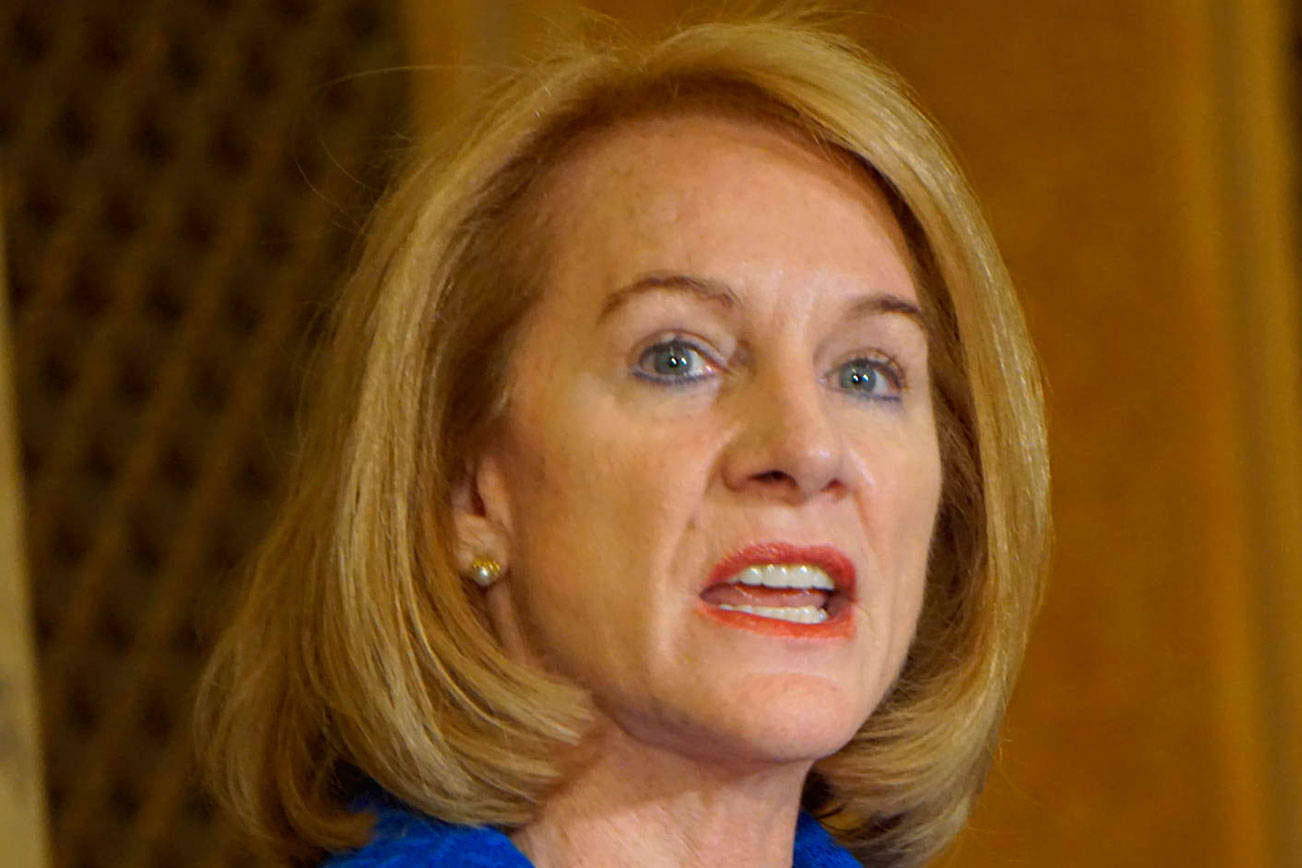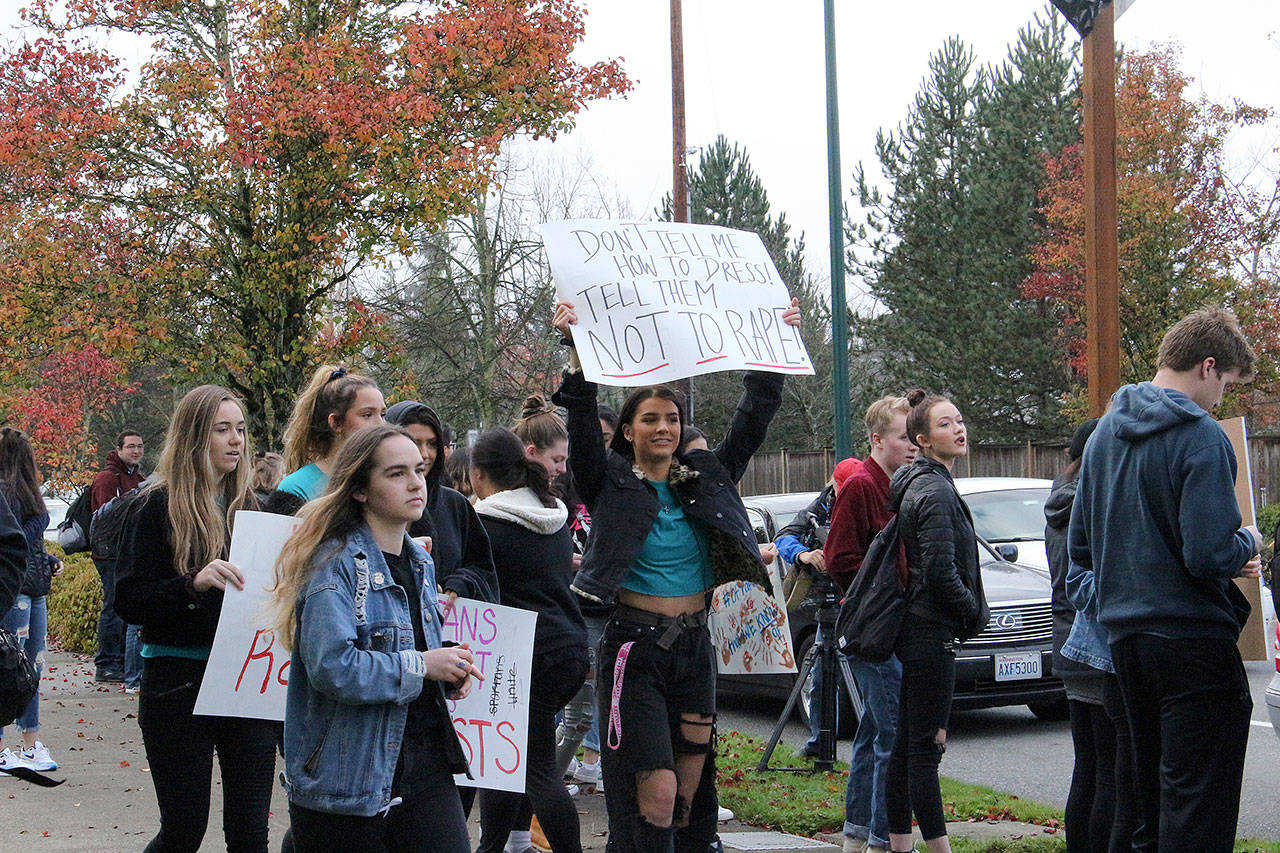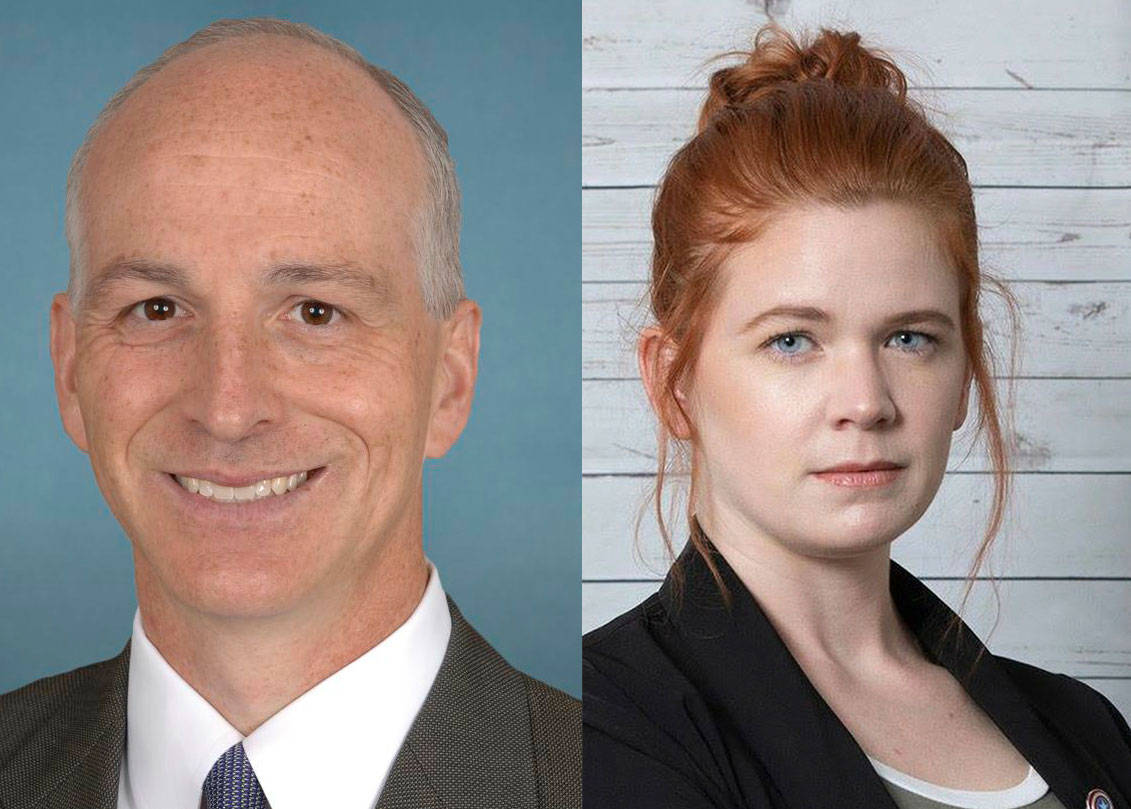Wednesday, March 12
House of Thee UnHoly
The Swedish Housewife (aka burlesque artist Paula Sjunneson) is taking everyone back to the 1970s in a “radical rocklesque celebration of the 20th century’s most excessive decade.” House of Thee UnHoly steps beyond the variety-show structure of most contemporary burlesque, using blues-inflected rock ’n’ roll as a mythological throughline connecting a stellar cast drawn from the local scene. Dancers include Lily Verlaine, Waxie Moon, Miss Indigo Blue, Inga Ingenue, and Tory Tiara, performing with musicians Jen Ayers, Zack Davidson, and Sarah Rudinoff. All will embody various druids, Vikings, and Hindu deities engaged in sybaritic pursuits. (Through Sun.) The Triple Door, 216 Union St., 838-4333, thetripledoor.net. $20–$45. 7 & 10 p.m.
SANDRA KURTZ
Thursday, March 13
The Lion King
Based on an animated movie that’s now 20 years old, this 1997 Broadway stage musical proved a smash for Disney, thanks largely to the vision of director Julie Taymor and the tunes of Elton John and Tim Rice. The Lion King is hardly the first movie reverse-engineered to stage success, but its global popularity—and profitability, having earned some $5 billion (!) to date—now makes it the modern template for such musical exports. By virtue of its age and constant touring, there are few children (and young adults) on Earth who don’t know at least some of the songs from The Lion King. Most parents have had “Hakuna Matata” drilled into their heads by home DVD players on endless loop (or on planes or during family car trips), but the melodies are undeniably catchy. The themes are mythic, too, as little Simba tries to make his way in the world (well, jungle). And the onstage menagerie of zebras, monkeys, and giraffes is wonderfully realized by the costumes (part actor, part puppet) that both tower over the action and elevate the story into fairy-tale-land. (Through April 6.) The Paramount, 911 Pine St., 877-784-4849, stg presents.org. $85–$135. 7:30 p.m.
BRIAN MILLER
Friday, March 14
Northern Lights
The reason I could afford college—and ultimately, I suppose, the reason I’m sitting here typing this—was a student loan from the Bank of North Dakota. A state-run bank? But . . . that’s socialism! Why, yes, it is. Filmed in rich black-and-white in Divide County, in the state’s extreme northwest corner, John Hanson and Rob Nilsson’s 1978 film recounts the 1915 birth of the Nonpartisan League, the most successful of the progressive parties formed to defend farmers against the powerful “Eastern” (read Minneapolis) banking, railroad, and grain-trade interests. Ray Sorenson (Robert Behling), politicized by the foreclosure of his fiancee’s family’s farm, embarks on the grueling door-to-door, face-to-face recruitment that proved key to the League’s success, winning over skeptical farmers one by one. His brother is hostile; middlemen retaliate by deflating the prices for his grain (harvested during a blizzard!); and his fiancee waits and waits and waits. (Susan Lynch’s impatient outburst here is a startling flash of emotion in this otherwise taciturn film.) In real life, the League grew to win the governorship and both houses of the state legislature in the 1918 elections—hence the establishment of the BND, the only such state institution (it should go without saying) in the U.S. It’s a populism-on-the-prairie tale to warm a Sawant supporter’s heart. (Through Thurs.) Grand Illusion, 1403 N.E. 50th St., 523-3935, grandillusioncinema.org. $5–$8. 8:30 p.m.
GAVIN BORCHERT
Director’s Choice
Pacific Northwest Ballet is looking outside its classical repertory for this program—pointe shoes are involved, but also rigging for a couple of low-hanging trapeze harnesses. Susan Marshall’s Kiss is an aerial romance, with a pair of dancers flying with and past each other until a final embrace. Take Five . . . More or Less is by another Susan—Stroman; it’s a blithe romp set to the famous Dave Brubeck tune. In State of Darkness, Molissa Fenley has tackled another renowned work, making a solo to Igor Stravinsky’s iconic Le Sacre du Printemps. It’s just as grueling as you might imagine, but it ends in a kind of triumph. The mystery number is a new work by Alejandro Cerrudo, who is a resident choreographer for Hubbard Street Dance Chicago but comes originally from the world of Jiři Kylian and Ohad Naharin, names that are becoming familiar to dance watchers here. (Through March 23.) McCaw Hall, 321 Mercer St. (Seattle Center), 441-2424, pnb.org. $28–$179. 7:30 p.m.
SANDRA KURTZ
Saturday, March 15
Billy Connolly
The drugs, the booze, the fame, those early years of hard living—nothing seems to stop the iconic Scottish comic and actor, who from the working class rose like a rock star in ’70s England. Connolly manages to be both the acerbic outsider—perhaps like all Scots—and the avuncular uncle with a bottomless repertoire of stories. That Connolly has been slowed in recent years by Parkinson’s disease and cancer makes this all the more a must-see gig. He’s not a teller of jokes so much as a spinner of yarns, embellished with politics and a surprising power of recollection of his early club days in Glasgow. Connolly’s long been a fierce freethinker and secularist, bashing the church and organized religion well before 9/11. When Islamic terrorists planned an assault on the Glasgow airport, it inspired one of his legendary rants about suicide bombers, whose training instructor tells them, “I’m only going to show you this once.” He also loves laying into us fat, slothful Americans who eat from buckets, and his indignant re-enactment of a prostate exam is a dependable and hilarious part of his act. (Entering his 70s, mortality is on Connolly’s mind; he’s even hosting a TV series on the subject in the UK.) Tonight, he may also have stories to share about acting in The Hobbit, whose third segment is due at Christmas. He plays one of the dwarves, and is probably the only cast member who didn’t need a fake beard from the makeup department. The Moore, 1932 Second Ave., 877-784-4849, stgpresents.or. $39–$49. 8 p.m.
BRIAN MILLER
Los Angeles Plays Itself
Chinatown and the 1996 Steven Seagal cop flick The Glimmer Man are put on an equal footing in this absorbingly high-minded documentary by Thom Andersen—not because they’re comparable movies, but because both showcase the streets and architecture of L.A. As Andersen explains in a voice-over that’s really a lecture (and actually read by someone else), the entertainment industry’s hometown is usually cast as a bland, convenient backdrop—a generic anywhere that doesn’t impose its identity like New York. He finds traces of the city’s history in almost every frame: the lost downtown working-class neighborhood of Bunker Hill; the riots of Watts and Rodney King; the crypto-fascist LAPD glorified in Dragnet and partly exposed in L.A. Confidential. Transportation issues are telling, he argues: In Blade Runner, Harrison Ford never has trouble finding a parking space; in Chinatown, Jack Nicholson is made impotent only when he loses his car. And in Who Framed Roger Rabbit?, he notes, though the political subplot is about a mad scientist ripping up L.A.’s trolley lines, Bob Hoskins rides the streetcar only once—and drives everywhere else. In his nearly three-hour essay film, Andersen is not a great film critic, but he is a serious scholar of his city (like Mike Davis, whom he cites). Outside of film school, this 2003 doc is the best lecture—and architectural tour—you’re going to find about a city long overdue for its close-up. Northwest Film Forum, 1515 12th Ave., 267-5380, nwfilmforum.org. $6–$11. 7 p.m. (Repeats Sun.)









